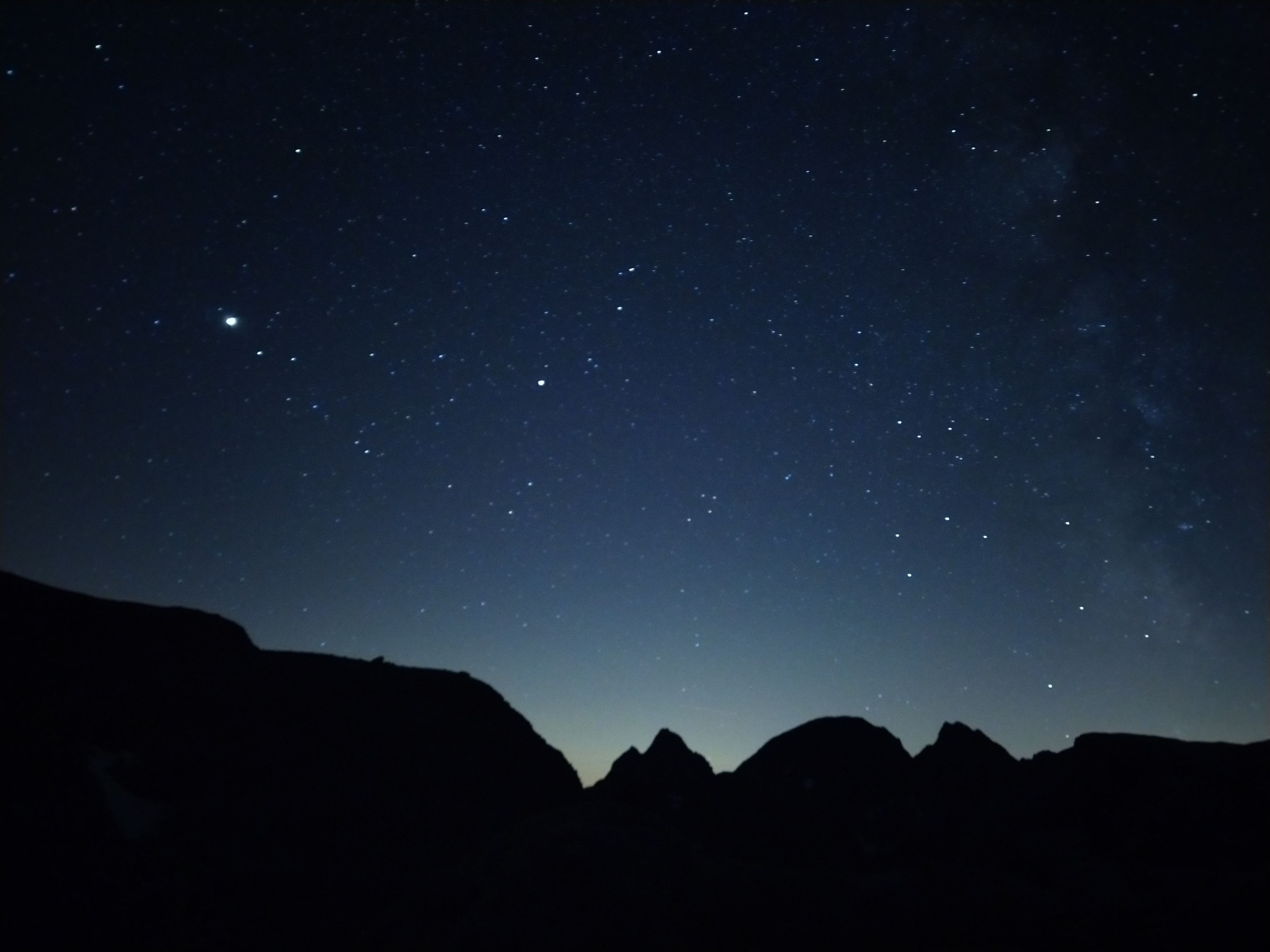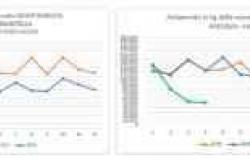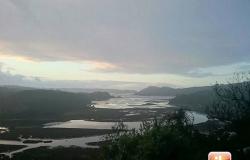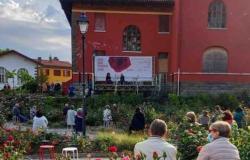I was four or five years old when, leaving the house with my family to go out to dinner with some friends, I looked up at the sky for the first time on a cold winter evening. I still remember that moment as if it were today, it’s incredible how the sensations and emotions linked to a sudden and spectacular vision crystallize forever in the soul of a child: above me lay an absolutely black sky in which an infinite number of stars of every brightness shone, like a glittering quilt covering the bed of the Earth. I remained speechless, struck by that vision, lost among all those bright dots surrounding a milky stripe that I would later learn to recognize as the Milky Way, our galaxy seen from the point where our planet is immersed within it. I still didn’t know anything about stars and constellations, I only saw thousands of little lights looking at me and I looked at them without being able to decide in which direction to look to see more, there were so many in the sky. That was my “imprinting”, so much so that already in first grade my teacher (at that time we only had one who knew everything) knew that “when I grew up” I would be an astronomer. The path was clear and no doubt ever arose from that day until he graduated with honors in Astronomy at the University of Padua. But we were in 1972 and in a small village with a handful of houses in Umbria, about ten kilometers from Spoleto (PG), when there weren’t even street lamps yet to illuminate the dirt road that went up the hill. A privileged place to see the stars and still dark enough to be able to see many of them, although not as much as then.
Times change and progress always advances, but in the meantime we lose what we had and what Nature offers us: cities expand and eat up arable land, ski slopes and ski lifts increase and eat up mountain forests, industrial production , intensive animal farming, vehicular traffic and waste are intensifying with the consequence that rivers, lakes, seas, soil and air are reduced to deposits of plastics and toxic substances. Millions of tons of carbon dioxide are released into the atmosphere which raise the average temperature of the planet, generating increasingly violent and devastating climate phenomena, heating the oceans, the planet’s true thermostat, acidifying the water and destroying the coral reefs which are a large reservoir to store carbon dioxide, like forests such as the Amazon, which are increasingly decimated to make room for cultivation, breeding and exploitation of precious woods. All this while the planet’s population increases inexorably up to the 10 billion expected in just thirty years. At the same time, public and private lighting is increasing, especially in Italy, although the Italian population is stable or decreasing. There are many problems and there are more serious and priority ones, but the message that we must learn relating to the environmental changes caused by man which have facilitated zoonosis, i.e. the jump in species between animals and human beings, is also very clear. of which the Sars-Cvo-2 virus is only the most recent example. But if for every problem we simply say that there are bigger and more important ones, in the end every problem remains unsolved. Everyone fights for what they care about, what matters to me is the natural environment and the starry sky, which is part of Nature, and the problem that today prevents us from seeing the starry sky and which takes away millions of children the possibility of experiencing this emotion has a name: light pollution, a form of human pollution consisting in the alteration of the quality of natural light present in the nocturnal environment due to artificial lights. Have you ever seen the Milky Way on a clear night while leaving the house? Yes? Then you are among the lucky few who live far from artificial light sources and can still enjoy the starry sky! Now it’s a privilege, given that the sky is no longer dark, certainly not from neighboring cities or towns, but it is gray and yellowish due to light pollution. When light is introduced into the external environment at night, outside of the spaces that need to be illuminated, the natural quantity of light present is altered and light pollution is produced, i.e. pollution of natural light produced by artificial light. A source of light pollution is the light that a lamp or a spotlight or a street lamp scatters outside the area that it is supposed to illuminate. The illuminated surfaces themselves produce light pollution by reflecting or diffusing the light that reaches them into the environment. By now raising your eyes to the sky from a location that is not in some isolated mountain area or in the hinterland of central Italy it is very difficult to observe more than 50 or at most 100 stars, when the stars visible to the naked eye from the hemisphere borealis is 2900. In the city you can barely see the brightest ones such as Sirius, Arcturus, Deneb, Vega, Procion, Capella or Aldebaran, while seeing the Milky Way is a dream for many people who have never even seen it. All this due to public and street lighting primarily and the lighting of houses, buildings, factories, warehouses, car parks, stadiums, sports centers and so on, therefore due to our life choices and our search for well-being and of “security”.

The main cause of light pollution is given by the emissions of non-compliant external lighting systems, i.e. those systems that do not only emit the light functional for night vision, but disperse a good part of it in other directions beyond the plane of the horizon in in defiance of regional laws against light pollution. LED lamps are becoming widespread, particularly in the public lighting sector, thanks to their low consumption. LEDs themselves seem to play an important role in the level of light pollution in the blue part of the spectrum. This is linked to the fact that they use light with strong white-blue components which is scattered much more by the molecules of the atmosphere compared to light with a predominantly yellow component, such as that of high pressure sodium lighting systems. The phenomenon determines an increase in the level of light pollution close to the sources, up to a few tens of kilometers, while it reduces it far away since the blue light has already spread. The problem and the consequences are well described on the relevant Italian website www.polluminoso.it. In Italy, light pollution increases by 10% every year and it has been calculated that from 2025 we will no longer be able to see the stars at night from many areas of the national territory (Francesco Leccese – University of Pisa – Conference: AIDI 2001, National Conference on light as innovation, Perugia, Volume 2).
But it’s not just about not seeing the stars, which very few people care about, it’s also about safeguarding the environment and our health: light pollution has deleterious effects on the ecosystem, human health and also on climate change given the energy consumption it entails. It is estimated that the planet’s lighting is increasing by 2% per year and that light pollution affects 80% of the world’s population and 90% in the USA and Europe. Artificial light also alters our relationship with the environment in which we live and causes damage of various kinds, environmental, scientific, cultural and economic. It has effects on both Nature and people: city lights disturb the life cycle of animals and alter the relationships between prey and predators; some animals have changed their hunting habits; artificial lights have deleterious effects on newborn sea turtles, on fireflies which are increasingly rare, on bats which are important insectivores; artificial light anticipates and accelerates the photosynthesis of plants, triggering seasonal growth and flowering; nocturnal brightness alters orientation and migration mechanisms; the alteration of competition and predation processes can affect the dynamics of wild animal populations and, consequently, the impact of artificial lighting can have ecological implications even to the detriment of humans. In fact, even human physical and mental health is affected by the consequences of the disappearance of the natural light cycle: one of the most important effects is related to the production of melatonin, one of the regulatory hormones of our internal biological clock with also an antioxidant function capable to inhibit the onset of tumors. Melatonin is produced at night and this production is stopped in the presence of light. Now the only places where it is still possible to see a starry sky or the Milky Way are the mountain areas, the Alpine refuges and bivouacs and the rural areas far from the artificial lights of towns and cities. The visibility of the Milky Way in the plains and peripheral areas of cities is now a distant memory.
On the 700th anniversary of the death of the great poet Dante Alighieri his “And then we went out to see the stars again…” (cit. from “The Divine Comedy” – Inferno XXXIV, 139) is increasingly becoming an old memory for us adults and a wonder that thousands of children can no longer enjoy, except from the few dark skies left in the mountains and in few sparsely urbanized areas of the peninsula. The mountains and the few sparsely urbanized areas of the peninsula remain the last refuge to return “to see the stars again”, a further opportunity offered by the Sentiero Italia CAI.
.jpg)
Tags: Scarpone starry skies Sentiero Italia Cai








